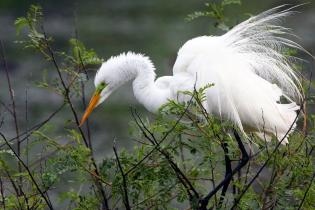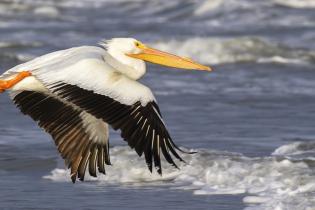Search
Page
Donate
A gift to the National Fish and Wildlife Foundation (NFWF) is a smart and powerful investment for conservation. Your tax-deductible gift to the National Fish and Wildlife Foundation will support our mission to foster sustainable and impactful conservation solutions so that people and nature thrive together.
Page
Wells Fargo Launches $100 Million Environmental Grant Program
Establishes $15 million program with National Fish and Wildlife Foundation
SAN FRANCISCO, June 5,
Page
Past Webinars and Slideshows
Interested in applying for a Fisheries Innovation Fund, Electronic Monitoring and Reporting, or New England Electronic Tec
Foundation Partners
Fred A. and Barbara M. Erb Family Foundation
The Fred A. and Barbara M. Erb Family Foundation supports the Southeast Michigan Resilience Fund, which increases the resilience of communities and natural resources in Southeast Michigan by reducing the impact of stormwater, improving water quality, enhancing habitat, and increasing the accessibility and usability of public green space and natural areas. The foundation is particularly interested in the role of green stormwater infrastructure in reducing combined sewer overflows in the City of Detroit.Image

Page
Fishing for Energy Partnership Awards Four New Grants
Washington, DC - March 22, 2013 – Fishing for Energy, the public-private partnership aimed at reducing the advers
Page
Fishing for Energy Celebrates Five Years at Haverhill, MA
Gloucester, MA returns to the Fishing for Energy Program and Martha’s Vineyard becomes first island community to participate
Page
Other Gulf Investments
NFWF's Recovered Oil Fund for Wildlife, launched in June 2010, was financed with proceeds from BP's share of net revenue from oil re
Image

Corporate Partners
TransRe
TransRe supports the National Coastal Resilience Fund as it restores natural infrastructure to strengthen and protect coastal communities, and also enhances habitats for fish and wildlife.Image

Page
FLORIDA
“The Gulf Environmental Benefit Fund is a valuable factor in helping state and federal partners keep Florida pristine.
Image

Page
LOUISIANA
Current Projects
To date, the number of awards from the Gulf Environmental Benefit Fund (GEBF) in
Image
